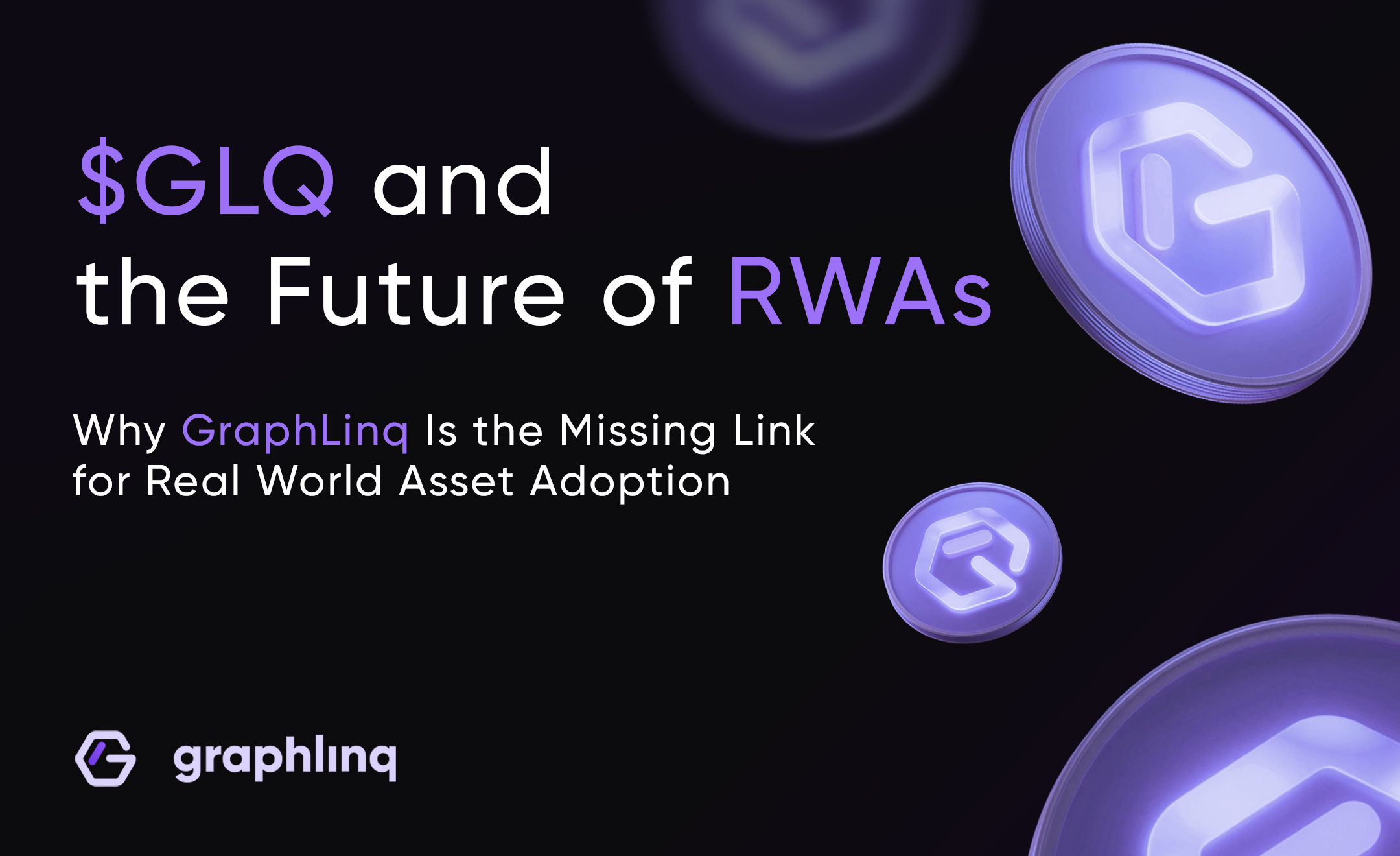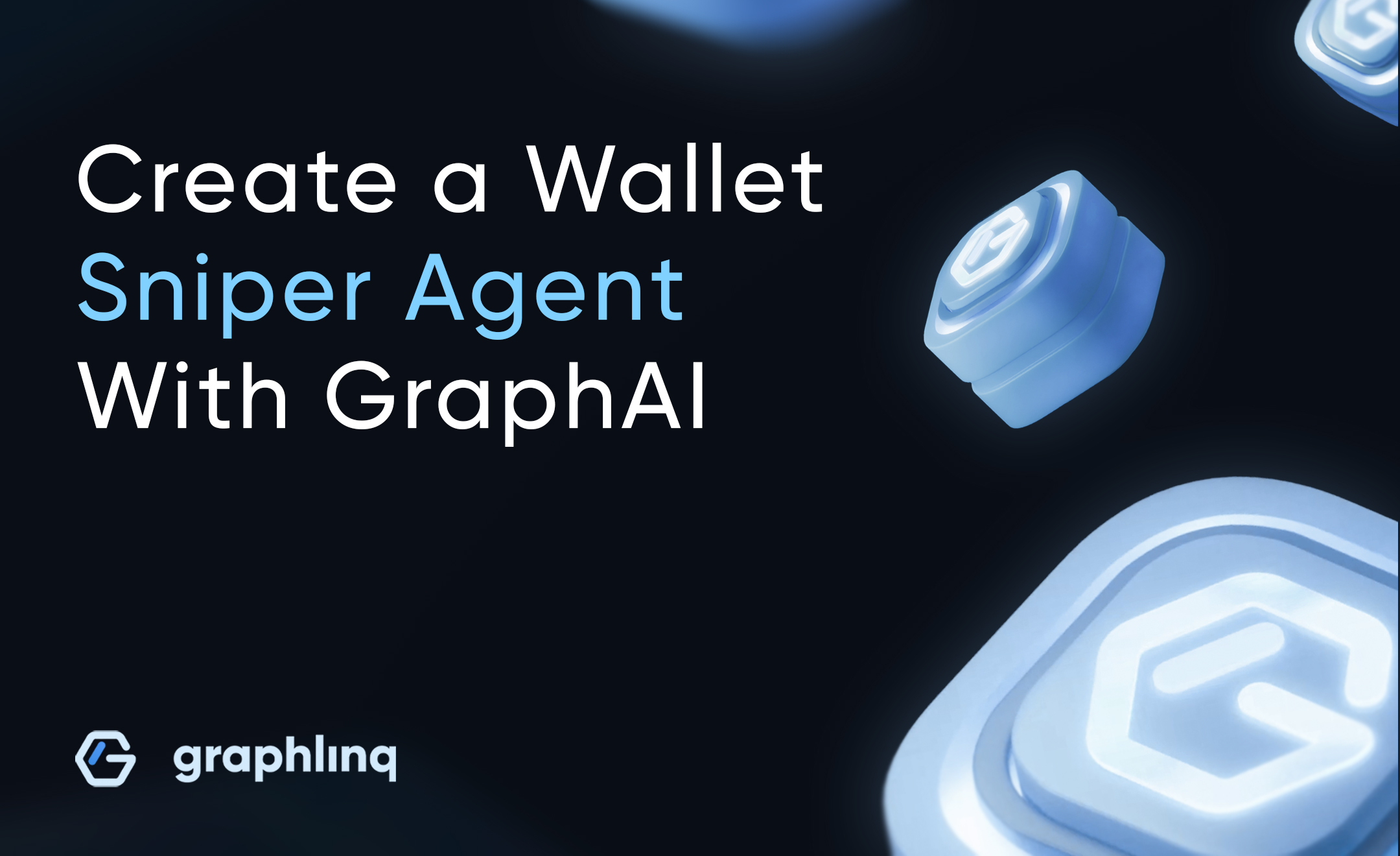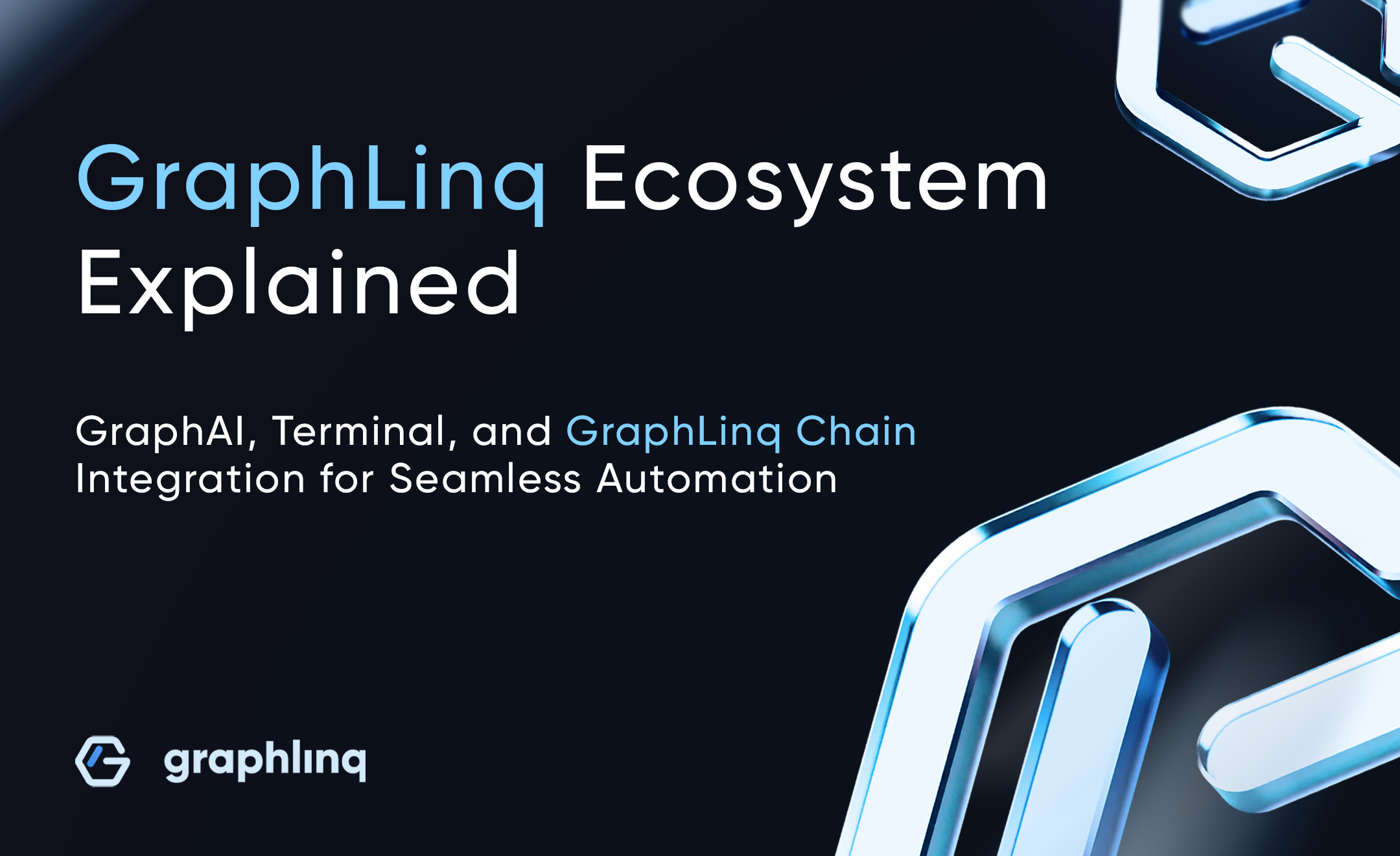What Is a Crypto Swap? How It Differs from Crypto Trading
Introduction
The cryptocurrency market has evolved rapidly, offering multiple ways to exchange and trade digital assets. One of the most significant developments in Decentralized Finance (DeFi) is crypto swapping, a process that allows users to directly exchange one cryptocurrency for another without using fiat currency.
Crypto swaps provide an efficient alternative to traditional trading, eliminating the need for multiple conversions and reducing transaction fees. But how do swaps differ from standard crypto trading? Let’s break it down.
What is Crypto Swapping?
Definition
A crypto swap is the process of exchanging one cryptocurrency for another without converting it to fiat money first. Unlike traditional trading, which often involves multiple steps (e.g., selling Bitcoin for USD and then buying Ethereum), swapping allows for instant and direct exchanges between different tokens.
How Crypto Swaps Work
Crypto swaps are executed using smart contracts on blockchain-based platforms. These contracts automatically process transactions, ensuring a secure, decentralized, and efficient transfer of assets. Swaps can be conducted through:
- Decentralized Exchanges (DEXs) – Platforms like Uniswap, PancakeSwap, and SushiSwap
- Non-Custodial Wallets – Wallets like Trust Wallet and Phantom allow users to swap tokens directly
- DeFi Aggregators – Platforms that find the best swap rates across multiple exchanges
Example of a Crypto Swap
Imagine you want to swap Bitcoin (BTC) for Ethereum (ETH). Instead of:
- Selling BTC for fiat (e.g., USD)
- Paying a fee for the fiat conversion
- Buying ETH with the fiat balance (and paying another fee)
You can directly swap BTC for ETH at a competitive rate with lower transaction costs.
Advantages of Crypto Swapping
✅ Lower Transaction Fees
Swapping removes fiat intermediaries, reducing the number of fees applied to a transaction. This makes it a cost-effective method for obtaining new tokens.
✅ Increased Efficiency
Swaps are instant, allowing users to quickly react to market trends without waiting for fiat conversions or multiple transaction approvals.
✅ Access to a Larger Array of Tokens
Many altcoins and low-cap cryptocurrencies are not available on major centralized exchanges. Crypto swaps provide access to a wider variety of assets.
✅ Enhanced Security
By swapping on a DEX or a non-custodial wallet, users avoid risks associated with centralized exchanges, such as:
- Exchange hacks
- Withdrawal restrictions
- Account freezes
✅ Greater Flexibility in Trading Tokens
Swapping platforms expand trading options, allowing users to swap directly between smaller tokens that may not have direct fiat pairs.
What is Crypto Trading?
Definition
Crypto trading is the act of buying and selling cryptocurrencies to profit from price fluctuations. Unlike swapping, trading often involves fiat currency and requires a strategic approach based on market analysis.
How Crypto Trading Works
Trading typically takes place on centralized exchanges (CEXs) like Binance, Coinbase, and Kraken. Traders use various strategies, including:
- Spot Trading – Buying and selling crypto assets in real time
- Margin Trading – Borrowing funds to increase trade exposure
- Futures Trading – Predicting future price movements with leverage
- Day Trading vs. Long-Term Investing – Short-term speculation vs. holding assets for extended periods
Crypto Swapping vs. Crypto Trading: Key Differences
Feature
Crypto Trading
Crypto Swapping
Process
Buy/sell crypto using fiat or other cryptos
Direct exchange of one crypto for another
Purpose
Profit from price changes
Portfolio diversification, acquiring specific tokens
Transaction Complexity
Requires market orders, charts, and analysis
Simple and instant transactions
Fees
Higher due to multiple conversions and spreads
Lower since no fiat conversion is needed
Security Risks
Prone to exchange hacks and withdrawal limits
More secure when done via decentralized platforms
Speed
Trades may take time depending on market liquidity
Immediate execution with minimal delay
The Role of GraphLinq in Crypto Swaps and Trading
GraphLinq is a no-code automation platform that enables users to interact with DeFi protocols and blockchain data without writing code.
How GraphLinq Enhances Crypto Transactions
- Automates DeFi interactions, including crypto swaps and trades
- Increases security by enabling safe, automated execution of smart contracts
- Simplifies complex transactions, making DeFi accessible to non-technical users
With GraphLinq, users can set up automated workflows for trading and swapping, optimizing their crypto strategy without manual execution.
Conclusion
Crypto swaps offer a fast, cost-effective, and secure way to exchange digital assets without involving fiat conversions. In contrast, crypto trading relies on market analysis to maximize profit opportunities.
For those looking for simplicity, flexibility, and security, swapping is an excellent choice. However, traders seeking active market participation and strategic gains may prefer traditional trading.
As DeFi platforms evolve, automation tools like GraphLinq will play a crucial role in making crypto transactions more efficient and secure, bridging the gap between swapping and trading in the digital asset economy.




















%20Do%20Bitcoin%20Cycles%20Still%20Work_.jpg)
%20What%E2%80%99s%20Next%20for%20Bitcoin%20in%202025_.jpg)

































.jpg)
%20How%20to%20Find%20New%20Cryptocurrencies%20%20Worth%20Investing%20In.jpg)
%20Understanding%20Cryptocurrency.jpg)

.jpg)

A%20Comprehensive%20Guide%20to%20Altcoin%20Season.jpg)
%20cases%20and%20Future%20of%20Ai%20in%20Crypto.jpg)
%20How%20to%20Create%20Your%20Own%20MetaMask%20Wallet.jpg)
%20How%20to%20use%20your%20Crypto%20wallet%20safely.jpg)
What%20is%20a%20smart%20contract.jpg)
%20How%20to%20Protect%20Against%20Crypto%20Scams%20and%20Ponzi%20Schemes.jpg)









